Ekow Eshun

An Infinity of Traces, a selection of work from eleven Black women and non-binary artists
Walking into the airy gallery space from a quiet London side street, one is immediately struck with a powerful sense of joy, exuberance and pride in an exhibition that discusses incredibly serious topics surrounding Black identities in the UK. An Infinity of Traces, which showcases a selection of work from eleven Black women and non-binary artists, was originally planned to open shortly after a summer of intense discourse surrounding the Black Lives Matter movement and subsequent protests but was delayed due to Covid restrictions. The delay is not a bad thing as the exhibition serves as a compelling reminder of the ongoing nature of this discourse. There is always work still to be done.
Immediately Jade Montserrat’s series of work draws the viewer into a discussion of Eurocentric beauty standards and colourism and how Black women are forced to navigate their bodies and thoughts within these structures.
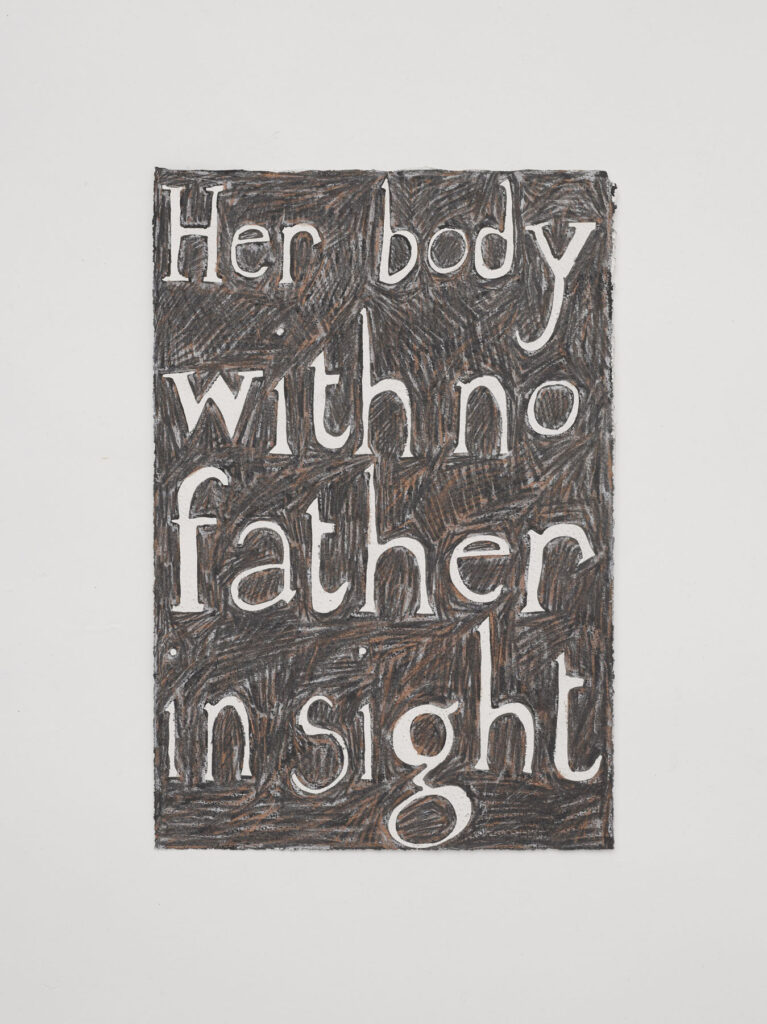
Across from this stretching line of mixed media drawings is Liz Johnson Arthur’s work, Spring… Times, which dominates the space. Three images from Johnson’s archive are blown up in black and white on banners that hang above the viewer. Anyone who took part in the BLM protests in London last summer will be immediately drawn to the image on the left. A Black Muslim woman stands on the seat of a car, holding on to the frame for support with the door flung open behind her, her fist raised in salute.
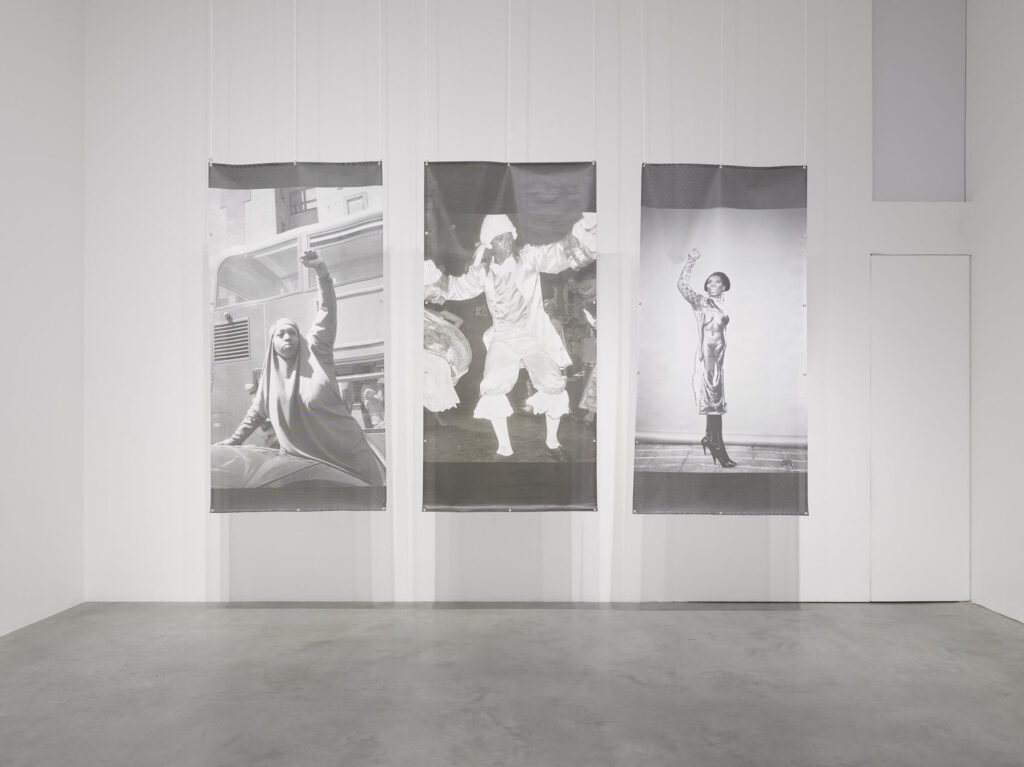
During the London BLM protests, there was often a buildup of traffic due to the sheer amount of protesters that filled the roads. However, this traffic became a part of the protest as motorists would blast their horns and raise their fists in support. This sense of powerful community and strength was both incredibly touching and a potent motivator, something this particular image encapsulates perfectly.
An Infinity of Traces contains a large number of video works, a medium which is often overlooked by gallery visitors who tend to briefly pause in front of the screen before zipping off to the next artwork, seemingly unwilling to commit to placing earphones over their heads and immersing themselves in the artwork. In the case of this exhibition it would be a mistake to do so as, with the exception of the forty one minute film by Alberta Whittle, it is quite possible to watch the entirety of all the video works in under half an hour.
Alberta Whittle’s work, Between a Whisper and a Cry, is well worth the extra time though, exploring, through the mariner’s rhyme: “June too soon, July stand by, August it must, September remember, October all over,” Britain’s historical, cultural and political relationship with the Caribbean. Whittle’s practice is rooted in the history of the transatlantic slave trade, however, one is reminded of Britain’s treatment of Caribbean immigrants, in cases such as the Windrush Scandal, which is still an ongoing issue.
Ayo Akingbade’s Tower XYZ film is full of bright colours and youthful hopefulness, following three young women around London neighbourhoods and featuring 1970s Brutalist landmark, Trellick Tower. A young female voice raps the words “Let’s get rid of the ghetto. I hope I don’t die for a long time. I still got things I want to do and look at and boys to talk to. I wanna see an African spirit or like sleep on top of a volcano.” The work simultaneously invites you in, as an older Black man, holding a sign saying ‘All is well’, smiles welcomingly at the camera but then pushes you away, as the camera follows three young Black women into a lift and they turn to stare, making the viewer feel like an unwelcome voyeur into their private lives and thoughts.
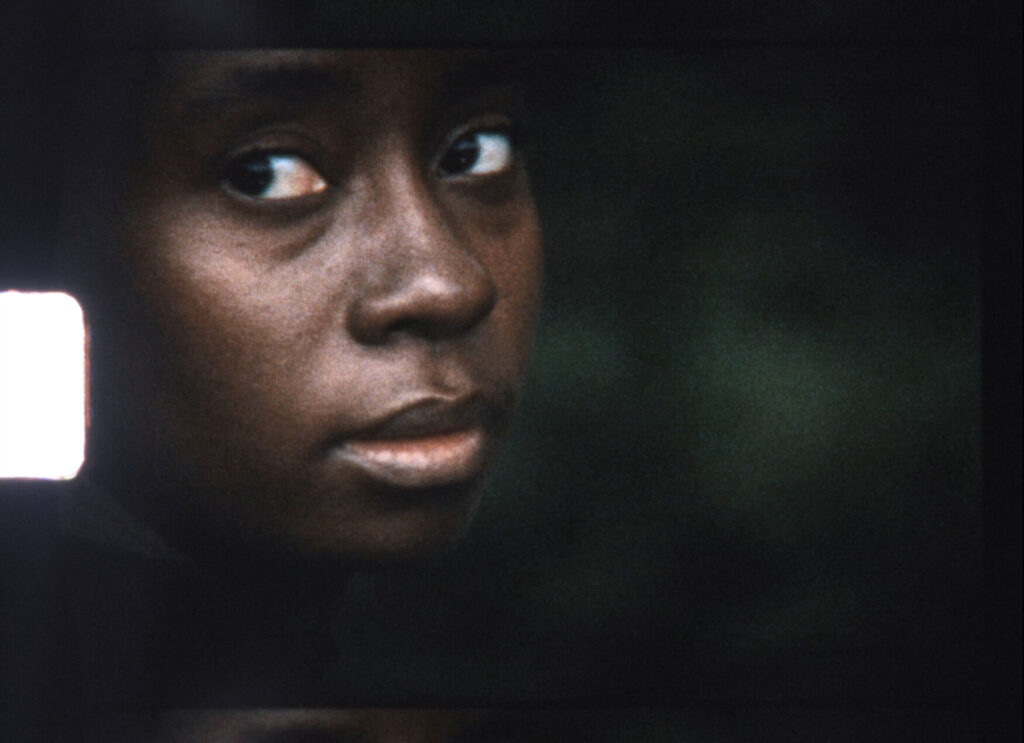
The last artwork in the exhibition is a film by Rhea Storr titled Here is The Imagination of the Black Radical. Exploring the Bahamian Junkanoo and recontextualising it as contemporary art Storr’s work discusses ideas of Afrofuturism and radical imagination alongside such practicalities as what happens to carnival costumes and floats after the event. Interspersed with these discussions is archival footage of carnival, with performers in elaborate costumes dancing to infectiously upbeat Afro-Caribbean music.
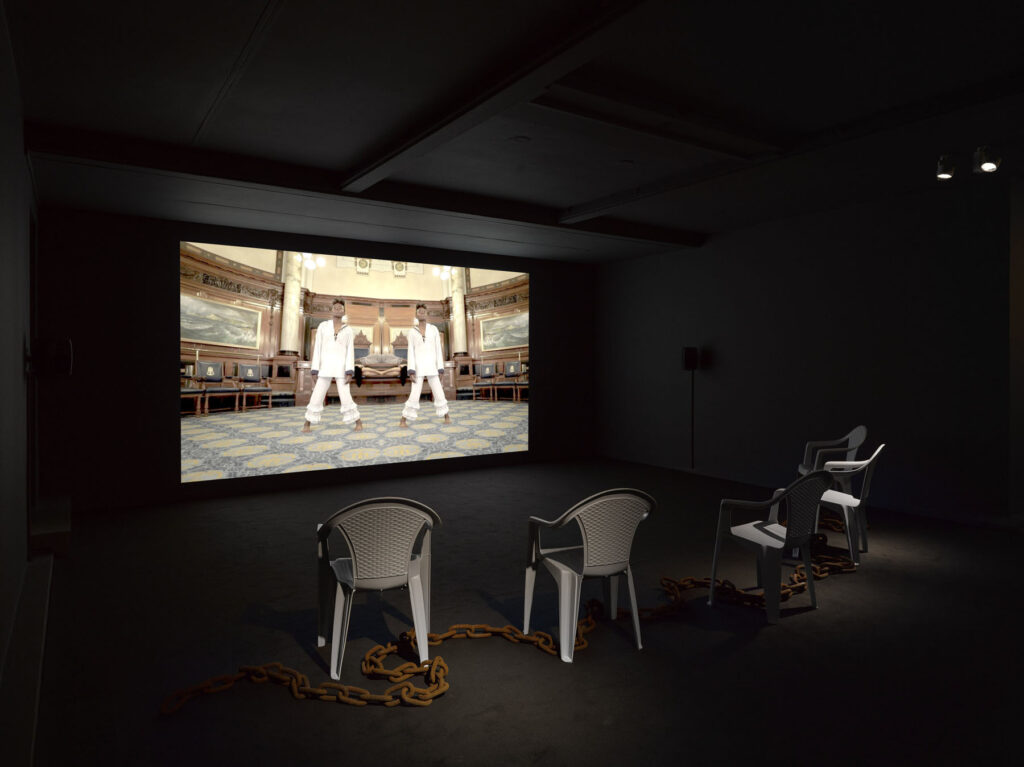
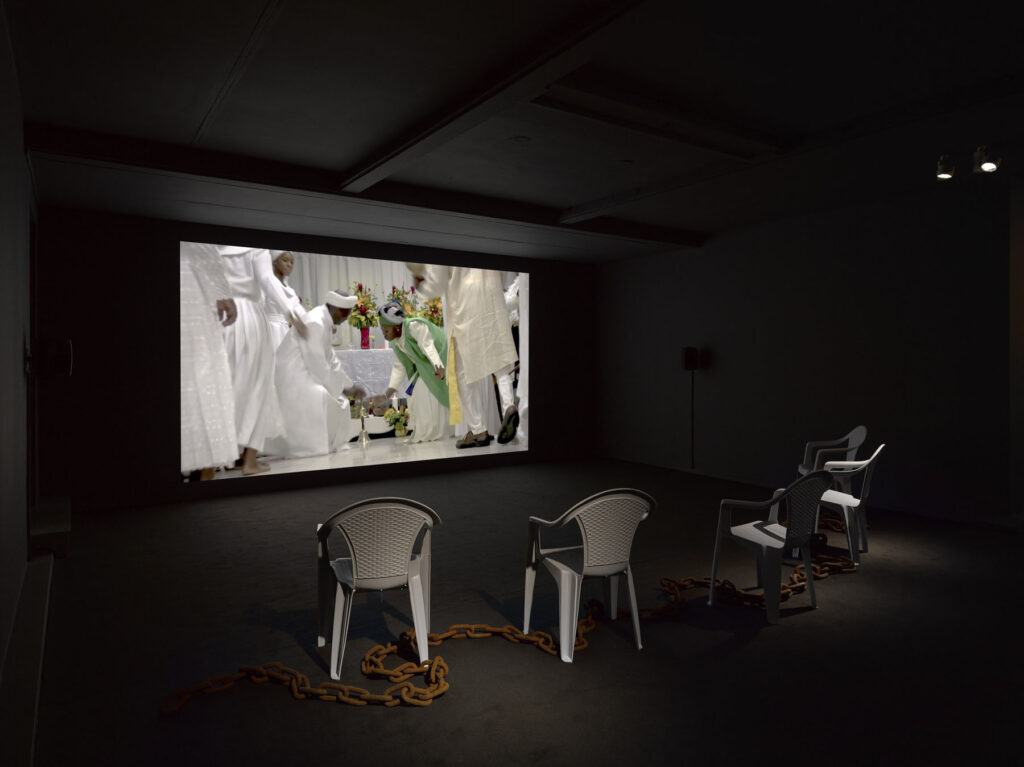
The exhibition will run from the 13th of April to the 5th of June at the Lisson Gallery on Bell Street and visits can be reserved here.